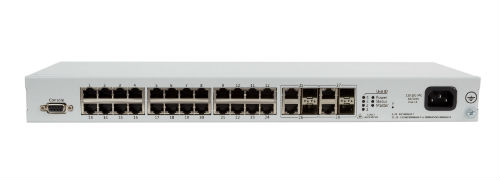0
17% off MAXSA Innovations Park-Right Laser Garage Parking Device – Deal Alert
An innovative and unique device to help you park your cars, Park-Right automatically shines a laser on your car to guide you to the perfect parking spot every time. Simply drive into your garage and follow the laser. Once the laser is shining on the designated spot on your car, you are parked perfectly. The lasers are adjustable, allowing you to pick the ideal location on your car, so parking is consistent and accurate. Right now this parking gadget averages 4.5 out of 5 stars on Amazon from over 1,300 reviewers (read reviews). It's discounted 17% off its typical list price of $25, so you can save a few bucks and pick it up for $20.68. See this deal on Amazon.To read this article in full or to leave a comment, please click here



 But what if you cannot, for some reason, disperse the attack? Maybe you only have two edge connections, or if the size of the DDoS is larger than your total edge bandwidth combined? It is typically difficult to mitigate a DDoS attack, but there is an escalating chain of actions you can take that often prove useful. Let’s deal with local mitigation techniques first, and then consider some fancier methods.
But what if you cannot, for some reason, disperse the attack? Maybe you only have two edge connections, or if the size of the DDoS is larger than your total edge bandwidth combined? It is typically difficult to mitigate a DDoS attack, but there is an escalating chain of actions you can take that often prove useful. Let’s deal with local mitigation techniques first, and then consider some fancier methods. It can be deployed wherever customers have server infrastructure.
It can be deployed wherever customers have server infrastructure. The companies plan to eventually expand the offering into global markets.
The companies plan to eventually expand the offering into global markets.